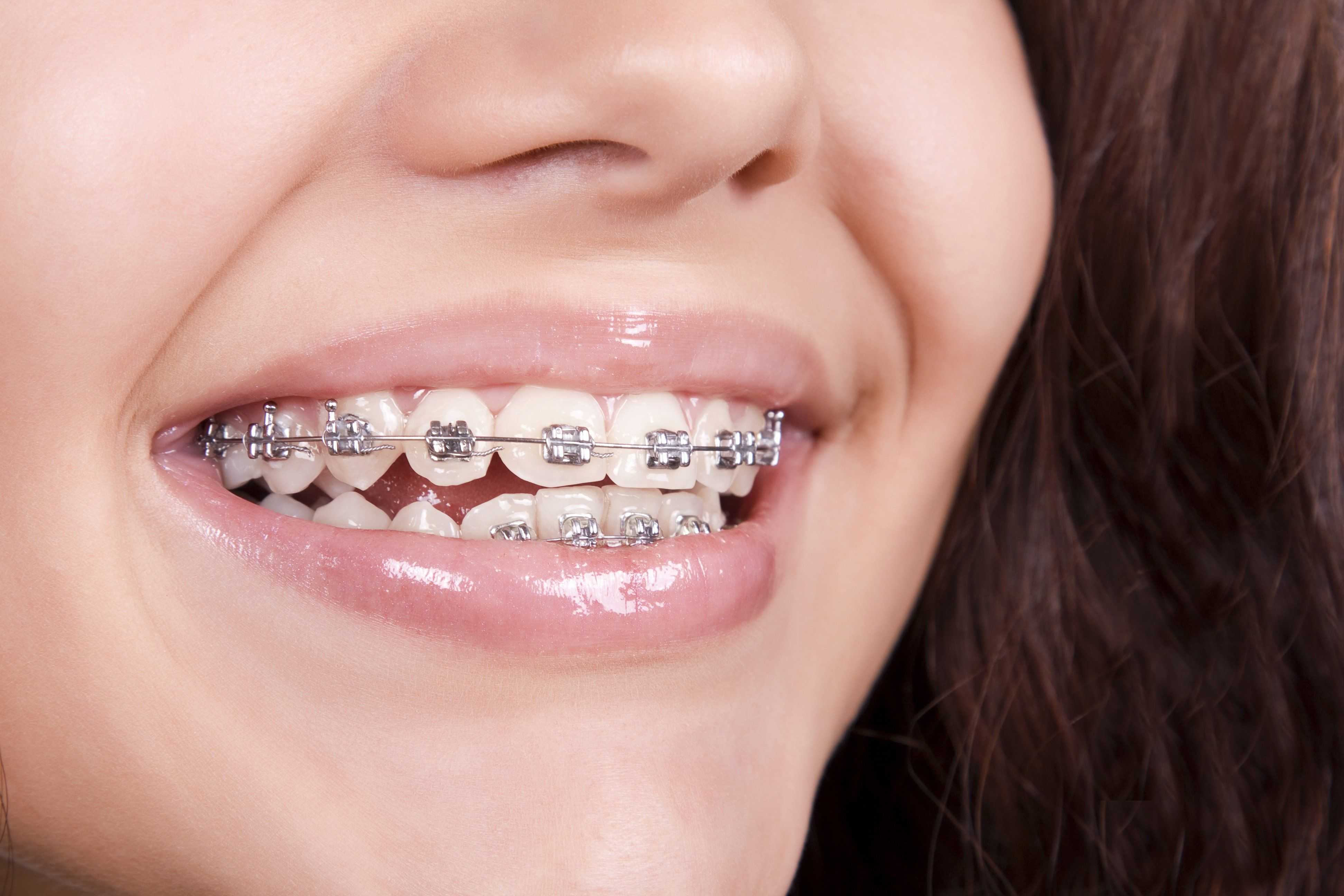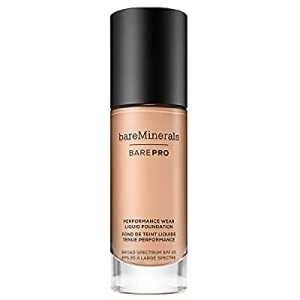
Straightening Things Out: The Ins And Outs Of Braces

Braces are a common orthodontic treatment aimed at straightening teeth and correcting misalignments. They consist of brackets, wires, and bands that work together to gradually shift teeth into their proper positions. While braces may seem daunting at first, understanding the process and benefits can alleviate any concerns. If you are looking for the braces treatment in Sinhagad Road do consider SmyleXL Dental Clinic for you effective oral health.
Types of Braces
Traditional Metal Braces
These are the most common type of braces, consisting of metal brackets and wires. They are highly effective and suitable for all age groups.
Ceramic Braces
Ceramic braces blend in with the natural color of teeth, making them less noticeable than metal braces. They are a popular choice for individuals concerned about aesthetics.
Lingual Braces
Lingual braces are attached to the backside of teeth, making them virtually invisible from the front. They provide effective treatment while remaining discreet.
Invisible Aligners
These are clear, removable trays that gradually shift teeth into alignment. They offer a more flexible and comfortable alternative to traditional braces.
How Braces Work
Braces exert gentle pressure on teeth, gradually moving them into the desired position over time. Orthodontists use various techniques to achieve optimal results, such as adjusting wire tension and changing bracket placement. The duration of treatment varies depending on the severity of the case, typically ranging from several months to a few years.
Benefits of Braces
Improved Oral Health
Straightening teeth improves oral hygiene by making it easier to brush and floss effectively. Properly aligned teeth are less prone to decay, gum disease, and other dental issues.
Enhanced Aesthetics
Braces can significantly improve the appearance of the smile, boosting confidence and self-esteem. A straighter smile is often perceived as more attractive and youthful.
Increased Confidence
Correcting dental issues with braces can transform not only the appearance of the smile but also the individual's overall confidence. Feeling proud of one's smile can positively impact social interactions and personal relationships.
Preparing for Braces
Before getting braces, patients undergo a comprehensive consultation with an orthodontist. During this appointment, the orthodontist assesses the patient's dental health, discusses treatment options, and develops a personalized treatment plan.
Getting Braces On
The process of getting braces involves bonding brackets to the teeth and connecting them with wires. This procedure is typically painless, although some discomfort may be experienced initially as the mouth adjusts to the braces. Regular adjustments are necessary to ensure the teeth continue to move as planned.
Living with Braces
Dietary Restrictions
Certain foods should be avoided or consumed with caution to prevent damage to braces. Hard, sticky, or chewy foods can bend wires or loosen brackets, prolonging treatment time.
Oral Hygiene Routine
Maintaining good oral hygiene is crucial while wearing braces to prevent plaque buildup and tooth decay. Orthodontic patients should brush after every meal and floss daily to remove food particles and bacteria.
Dealing with Discomfort
It is normal to experience some discomfort or soreness after getting braces or following an adjustment. Over-the-counter pain relievers and orthodontic wax can help alleviate discomfort until the mouth adjusts.
Brace Care Tips
Cleaning Techniques
Orthodontic patients should use special tools like interdental brushes and floss threaders to clean around braces effectively. Regular dental check-ups are also essential to monitor oral health during treatment.
Avoiding Damage
Patients should avoid habits like nail-biting, chewing on pens, or biting into hard objects that could damage braces. Wearing a mouthguard during sports activities can protect both the braces and teeth from injury.
Common Concerns
Pain and Discomfort
While braces may cause discomfort initially, it is usually temporary and can be managed with over-the-counter pain relievers. Orthodontic wax can also be applied to alleviate irritation from wires and brackets.
Speech Impediments
Some individuals may experience minor speech changes when first getting braces, but these typically improve as the mouth adjusts. Practicing speaking and reading aloud can help speed up the adjustment process.
Appearance Concerns
Modern braces are more discreet than ever, with options like ceramic braces and invisible aligners available for those concerned about aesthetics. Ultimately, the long-term benefits of a straighter smile outweigh any temporary concerns about appearance.
Frequently Asked Questions (FAQs)
Q: How long do I need to wear braces?
The duration of treatment varies depending on individual factors such as the severity of the misalignment and the chosen treatment method. On average, treatment can last anywhere from six months to three years.
Q: Are braces painful?
While braces may cause some discomfort initially and after adjustments, it is usually manageable with over-the-counter pain relievers. Any discomfort typically subsides within a few days.
Q: Can I still play sports with braces?
Yes, but it's essential to wear a mouthguard to protect both the braces and teeth from injury during sports activities.
Q: Will braces affect my speech?
Some individuals may experience minor speech changes initially, but these typically improve as the mouth adjusts to the braces. Practicing speaking and reading aloud can help expedite the adjustment process.
Q: How often do I need to visit the orthodontist?
Orthodontic appointments are typically scheduled every four to eight weeks for adjustments and progress checks. However, the frequency may vary depending on the individual treatment plan.
In conclusion, braces are a highly effective orthodontic treatment for correcting misalignments and achieving a straighter, healthier smile. By understanding the different types of braces, how they work, and how to care for them, individuals can embark on their orthodontic journey with confidence. Despite any initial concerns or discomfort, the long-term benefits of braces far outweigh the temporary challenges. With proper care and maintenance, braces can pave the way to a lifetime of improved oral health and self-confidence.
Author Bio
Article Comments
No Comments!
At present there are zero comments on this article.
Why not be the first to make a comment?
Similar Articles
Search Pages
Upgrade User Account
account to full use of editor,
including hyperlinks
Article Categories
There are zero sub-categories in this parent category.
There are zero sub-categories in this parent category.











